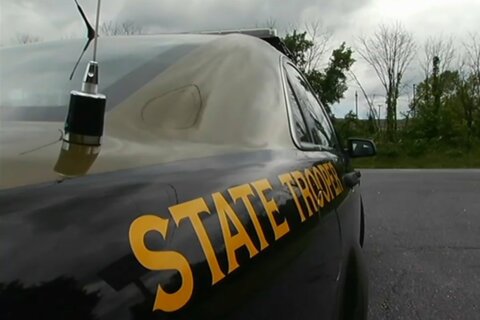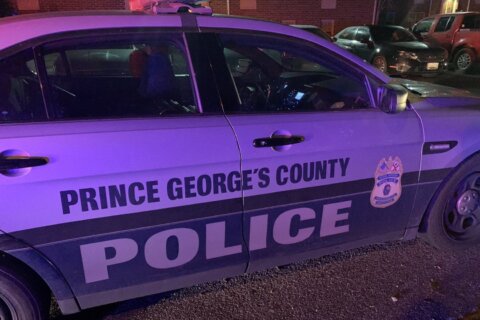It’s a common complaint around the D.C. area — reckless drivers zoom through school zones as kids are getting on and off buses or walking to school. After a crash killed two students walking to school last year, a Prince George’s County task force is out with nearly 20 new recommendations in hopes that another crash like it won’t happen again.
The task force, led by Prince George’s County Council member Wanika Fisher, includes students, parents, police and school leaders. The recommendations would require action at the county and state level to be fully implemented.
“A lot of it really is the county was built on old infrastructure. So where schools are weren’t designed for the pedestrian safety and the pedestrian usage that we have today,” Fisher said. “When you look at transit-oriented development in the county, where people are walking, they were built in a time where people were just in their cars.”
In recent days, a pair of lawsuits were filed against several county agencies by the relatives of the two children who were killed. They blame, in part, the county police department for struggling to fill dozens of crossing guard vacancies around the county, including the intersection where the 2023 crash occurred.
The task force says one way to solve that would be to let the police department, which handles crossing guard hiring across county, subcontract that to municipal departments in school zones where they already have jurisdiction.
“We fund an amount of crossing guards here in the county, but not all of it is used or recruited throughout the year,” Fisher said.
The task force also calls on the county’s school system and principals to come up with ways to discourage parents from driving their kids to school, as well as help create what are described as “walking school buses,” where students walk together in bigger groups to and from school every day.
“A walking bus basically means you have community members, parents, kids, they usually will have different meetups in the community, and they walk together in a group,” she said.
“Usually there’s a parent or an adult in the front and the back of it that actually walk to school, and those are really created through our PTOs and PTAs and community organizations. And the more people you have in a group, it’s less likely that a car … is going to be hurting those pedestrians as they’re walking together. And it’s safer to walk together,” Fisher said.
Some of the other recommendations are more expensive and may take longer. They include adding traffic calming infrastructure and road diets around school zones, where the shape of the road is changed to slow people down. It also recommends new school construction projects to prioritize pedestrian safety around those schools.
The report also suggests speed limits around school zones could be reduced from the current 25 mph.
“It might not be comfortable, might not what be drivers want in their morning commute, but one of the things that I care about the most is protecting our children and making sure our children are safe,” Fisher said. “That trumps the inconvenience that some drivers might face with that.”
With so many students coming from non-English-speaking homes, the task force also suggests proactively designing a bilingual pedestrian safety education campaign in parts of the county where pedestrians are most vulnerable.
On a more creative level, the task force suggested schools could work with art classes to create pedestrian safety signs and design art inside crosswalks near the schools.
Some of these recommendations will be easier than others to implement, and some will get far less pushback than others.
Fisher said it’s unlikely that all 18 recommendations will be put in place. But she said it’s a start for the public to use to engage with leaders as they look for answers.
“What it definitely gives people is the support to push something,” she said.
Get breaking news and daily headlines delivered to your email inbox by signing up here.
© 2024 WTOP. All Rights Reserved. This website is not intended for users located within the European Economic Area.










